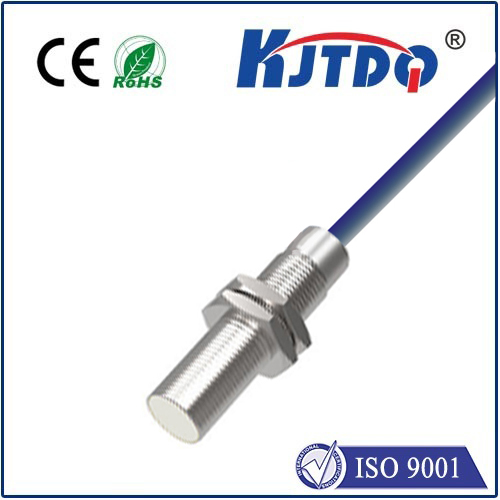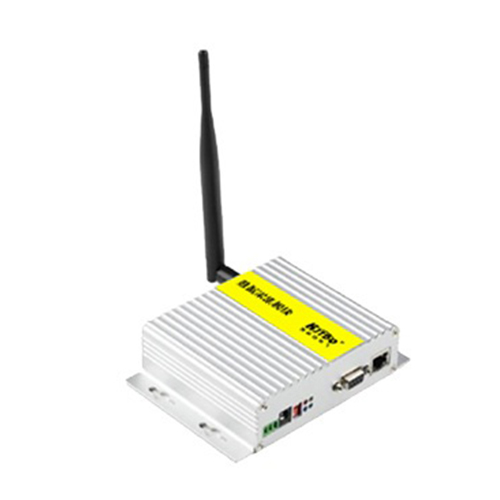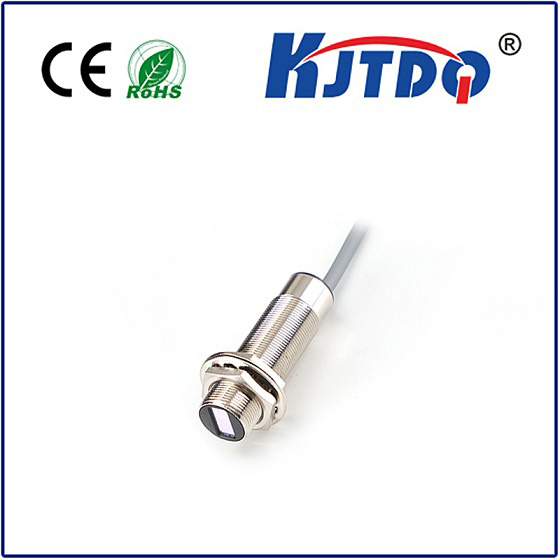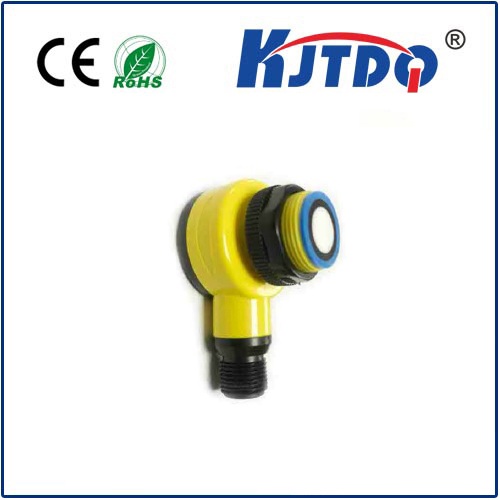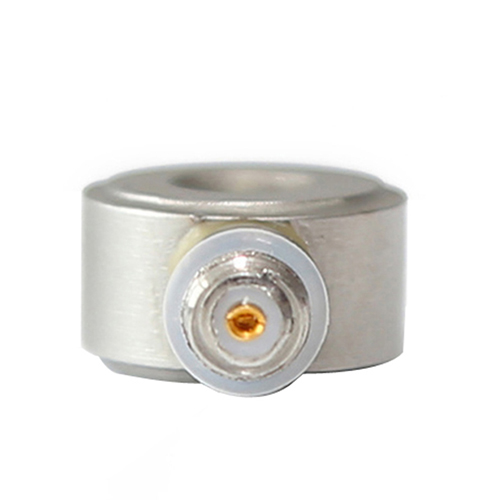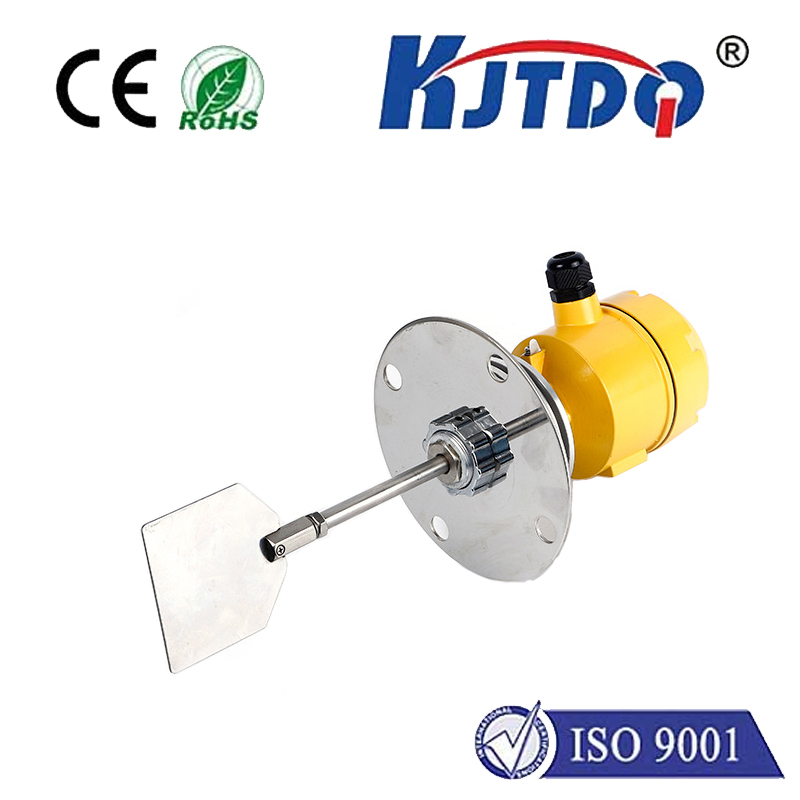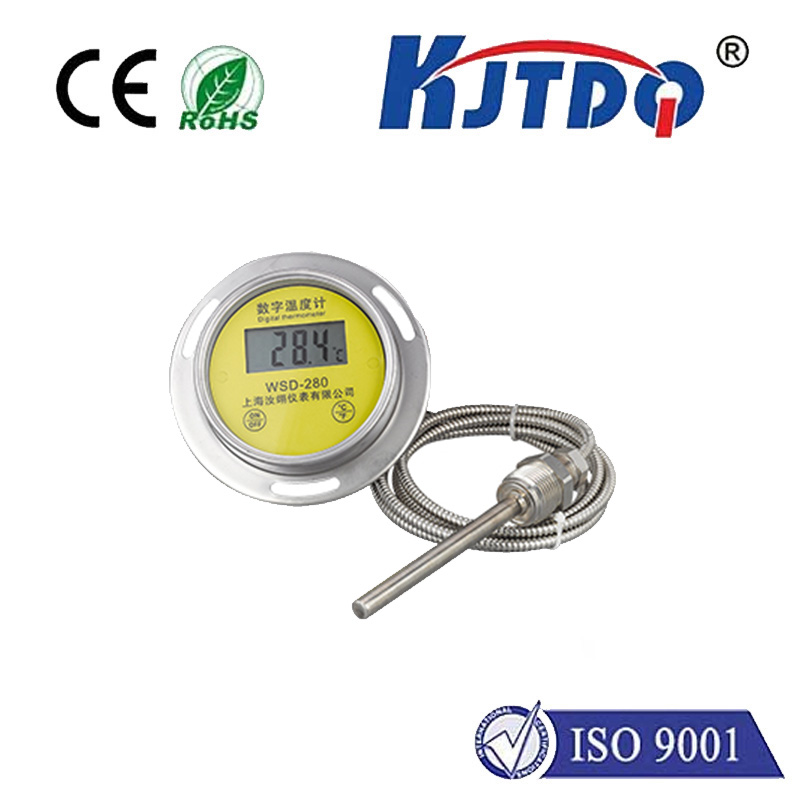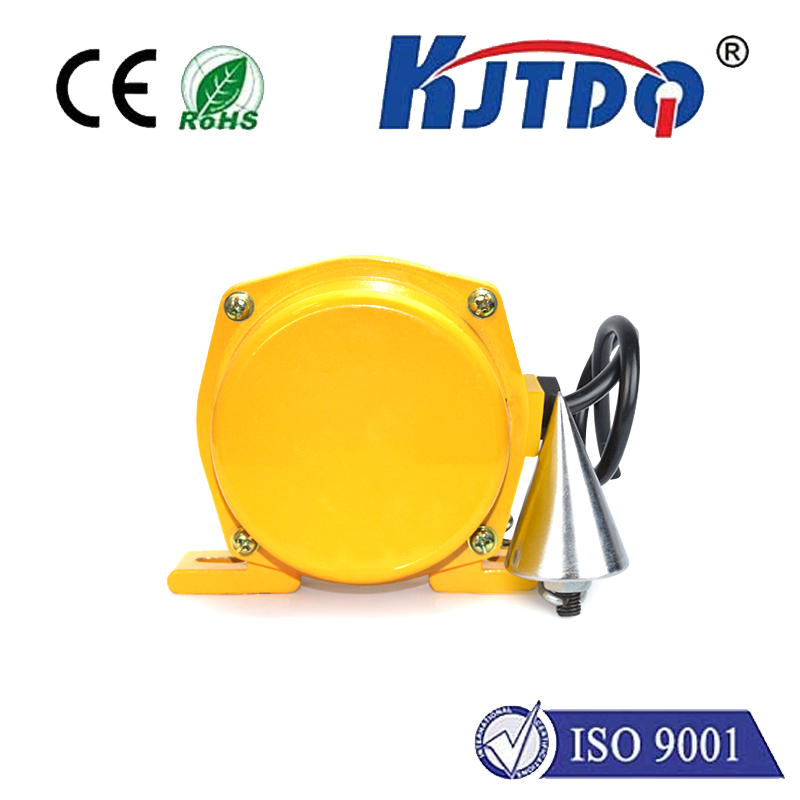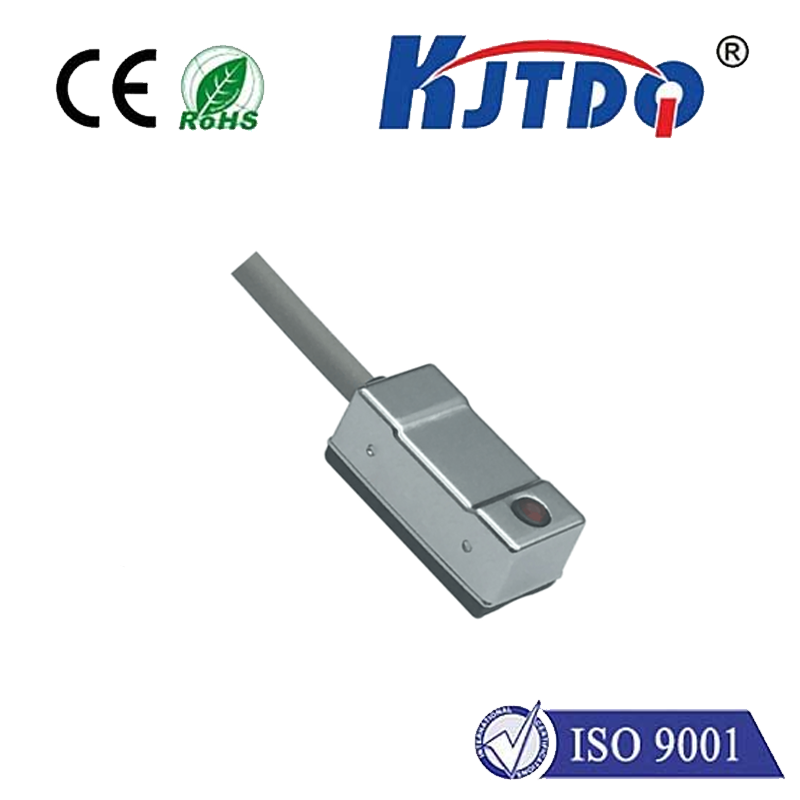

check

check

check

check

check

check

check

check

check

check

Harnessing the Power of Long Distance Proximity Sensors: Transforming Industry Practices In the rapidly evolving landscape of technology, long distance proximity sensors have emerged as a revolutionary tool with the potential to transform a myriad of industries. These sensors, designed to detect objects from a significant distance without physical contact, offer unparalleled precision and efficiency, making them indispensable in modern applications. Understanding Long Distance Proximity Sensors Long distance proximity sensors operate using advanced principles such as radar, laser, or ultrasonic technology. Unlike traditional short-range sensors, these are engineered to detect objects at considerable distances, sometimes up to several meters. The key advantage lies in their ability to monitor environments from afar, providing crucial data without the constraints of proximity. This capability is particularly beneficial in industrial settings where safety, accuracy, and efficiency are paramount. Revolutionizing Industrial Applications The implementation of long distance proximity sensors across various industrial sectors has led to remarkable improvements in both operations and safety protocols. For instance, in manufacturing plants, these sensors can monitor machinery and equipment from a safe distance, ensuring that production lines run smoothly without the risk of accidents. In logistics and warehousing, they facilitate automated tracking systems that enhance inventory management and reduce human error. Moreover, in the automotive industry, long distance proximity sensors are integral to the development of advanced driver-assistance systems (ADAS) and autonomous vehicles. These sensors enable vehicles to detect obstacles, pedestrians, and other vehicles from a distance, significantly enhancing road safety and paving the way for fully autonomous driving. Advantages Over Conventional Sensors One of the primary advantages of long distance proximity sensors over conventional short-range sensors is their extended detection range. This means they can monitor larger areas more effectively, reducing the need for multiple sensor installations. Additionally, these sensors often come equipped with sophisticated algorithms that can differentiate between various types of objects, minimizing false alarms and improving overall system reliability. Another critical benefit is their adaptability to diverse environmental conditions. Whether it’s extreme temperatures, high humidity, or dusty environments, long distance proximity sensors are designed to perform consistently, offering robust performance where traditional sensors might falter. Future Prospects and Innovations The future of long distance proximity sensors holds immense promise as ongoing research and development efforts continue to push the boundaries of what these sensors can achieve. Integration with Internet of Things (IoT) platforms is one such area where these sensors are poised to make a significant impact. By connecting sensors to a central network, businesses can gather real-time data from various locations, enabling more informed decision-making and predictive maintenance strategies. Furthermore, advancements in artificial intelligence and machine learning are expected to enhance the capabilities of long distance proximity sensors. With AI-driven analytics, these sensors will not only detect objects but also predict patterns and anomalies, offering proactive solutions to potential issues before they become critical problems. Conclusion In conclusion, long distance proximity sensors represent a significant leap forward in sensing technology, offering numerous benefits that span across various industries. Their ability to detect objects from afar, combined with their precision and adaptability, makes them invaluable tools in the modern world. As technology continues to advance, the potential applications and advantages of these sensors are likely to expand even further, heralding a new era of innovation and efficiency.
